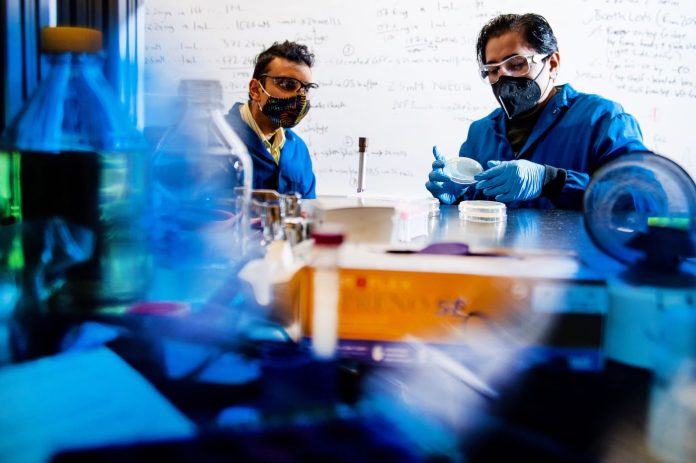Bisphenol A has become an increasing concern for human and animal health due to research that indicates BPA can interfere with the endocrine system in people and animals and produce hormonal changes and birth defects. BPA is extremely stable under normal conditions. Pichiah Saravanan, a researcher from University of Malaya, has developed the first workable system that degrades BPA with visible light.
The new system is composed of nanoparticles of titanium dioxide and silver wrapped in sheets of reduced graphene oxide. The silver and the grapheme allow the titanium dioxide to act as a more efficient catalyst in visible light. The reduction in energy necessary for the titanium dioxide to degrade BPA is sufficient to make the new catalytic system practical for removing BPA from large quantities of water.
The majority of companies that made BPA have stopped producing the material. The major source of BPA in water is not chemical pollution. BPA in water results from the huge number of plastic drink bottles that negligent people toss into rivers, lakes, and oceans. The newly developed catalytic system could become part of the filtration process in water purification plants to remove BPA from drinking water.
The catalytic system could be made a part of dam structures to eliminate BPA from natural water sources and prevent damage to fish and other wild life. The catalyst breaks BPA down into carbon, hydrogen, and oxygen. The BPA remains with the catalysts and the researchers expect that the catalyst can be cleaned and reused.















